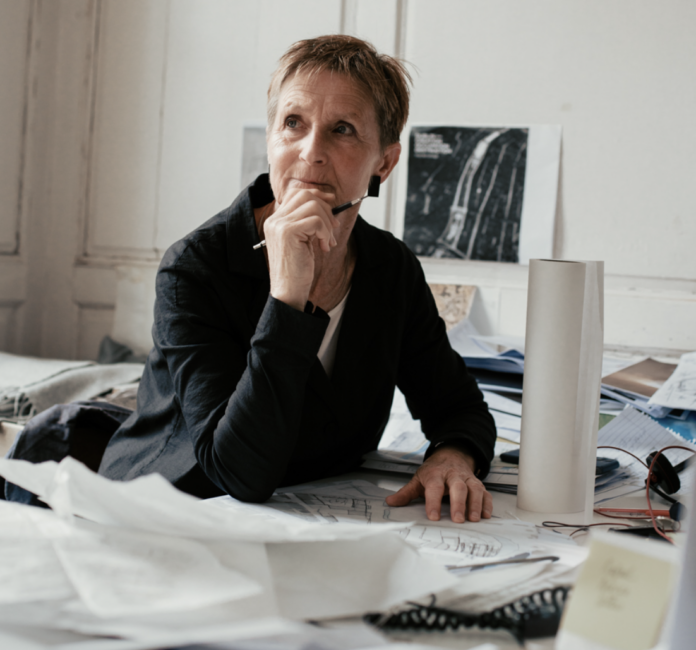Valerie Mulvin, a renowned Irish architect and chair of the international jury for the new stadium competition in Ostrava, emphasises the importance of high-quality architectural competitions for urban development. In this interview, she discusses the benefits the new stadium will bring to Ostrava, its integration into the urban environment, and why cities, even in uncertain times, should not abandon strategic investments in culture, music, and sports.
I have heard from various media sources that you have become the chairwoman of the international jury for the architectural competition for Nové Bazaly, which was recently launched. How do you assess the contribution of such competitions to the development of the city and specifically to Ostrava?
I’m very honoured to have been invited to be on the jury for Nove Bazaly, and even more to have been elected chairperson. It’s a huge privilege to work on an architecture jury, because I am often on the other side as a competitor in competitions – we all find them incredibly exciting and invigorating, you get a chance to test new ideas, they remind you why you wanted to be an architect in the first place – to make beautiful and inspiring spaces which make a better community. I also know the enormous effort and enthusiasm that goes into competitions and so I have huge respect for the competitors and each entry will be hugely interesting to review and discuss with my colleagues on the jury.
Ostrava has a great history of commissioning significant new works through the medium of international competitions. I was on the jury some years ago for the Concert Hall here: the celebrated American architect Steven Holl was the worthy winner of that competition, and I’m delighted to hear works have started on site and that you will soon have a wonderful place for music in the city , one that is tuned like a musical instrument from the inside and which has a remarkable and open relationship with the city and the park.
“Well run competitions are a brilliant way of finding the most appropriate, ingenious and sustainable solutions to our cities.”
I also remember with great pleasure the inspiring time our studio had when we entered the competition for the art gallery on the site of the old slaughterhouses in Ostrava. Although we didn’t win, I really liked the winning scheme, which I’m looking forward to visiting when I am next in Ostrava. Last year this gallery was one of the five finalists in the very prestigious Mies van der Rohe Prize for European architecture, such a great endorsement for the competitions system and for the astute choice of that jury. The Mies Prize is an enormous accolade and I know this will bring many architects to your city to experience for themselves the spirit and quality of that building, and it has to be a matter of great pride to people in Ostrava, that this building in your city is among the very best in Europe.
Well run competitions are a brilliant way of finding the most appropriate, ingenious and sustainable solutions to our cities. They approach head-on the problems of our time, and rise above politics and interest groups to propose a genuinely independent solution inspiring people and communities to embrace new ideas and which have the possibility of changing our lives.
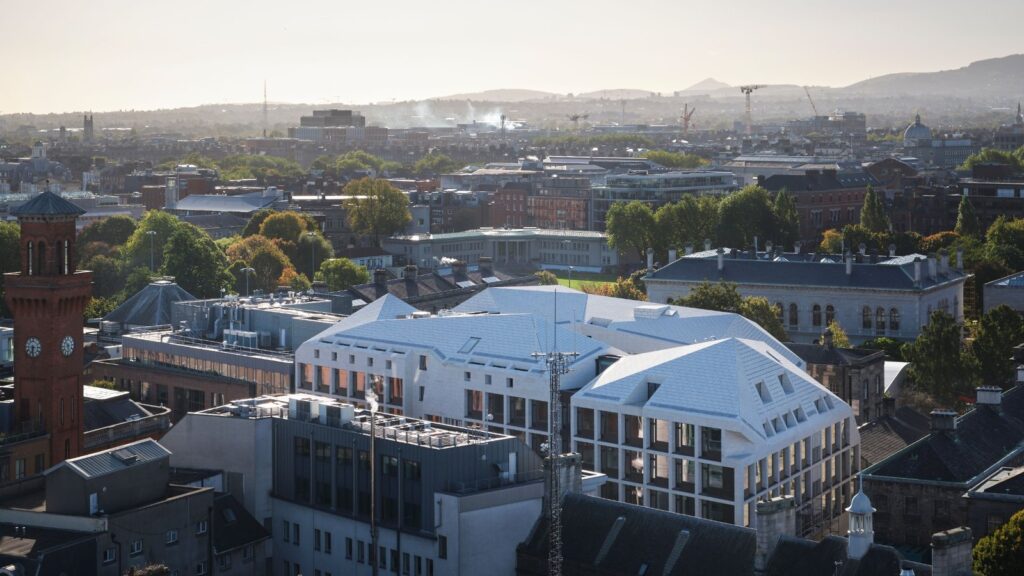
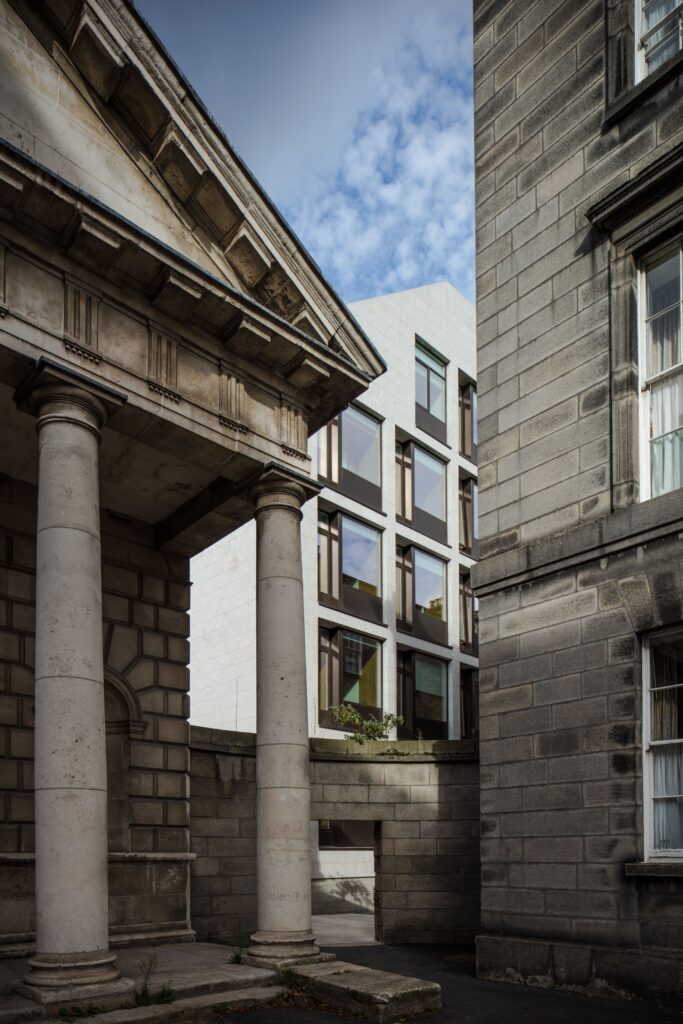
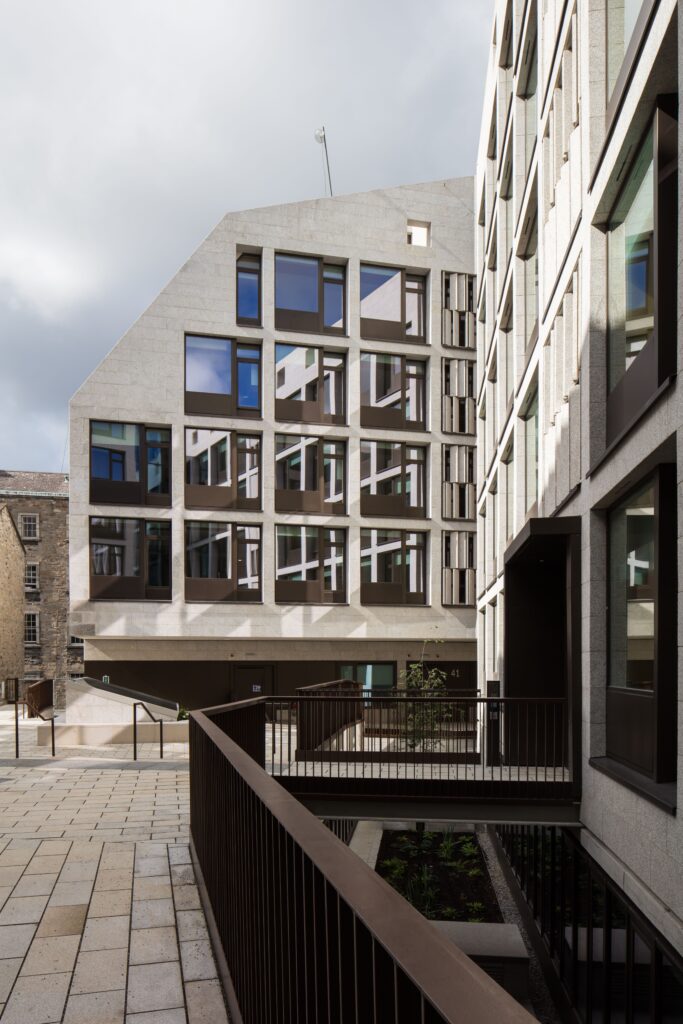
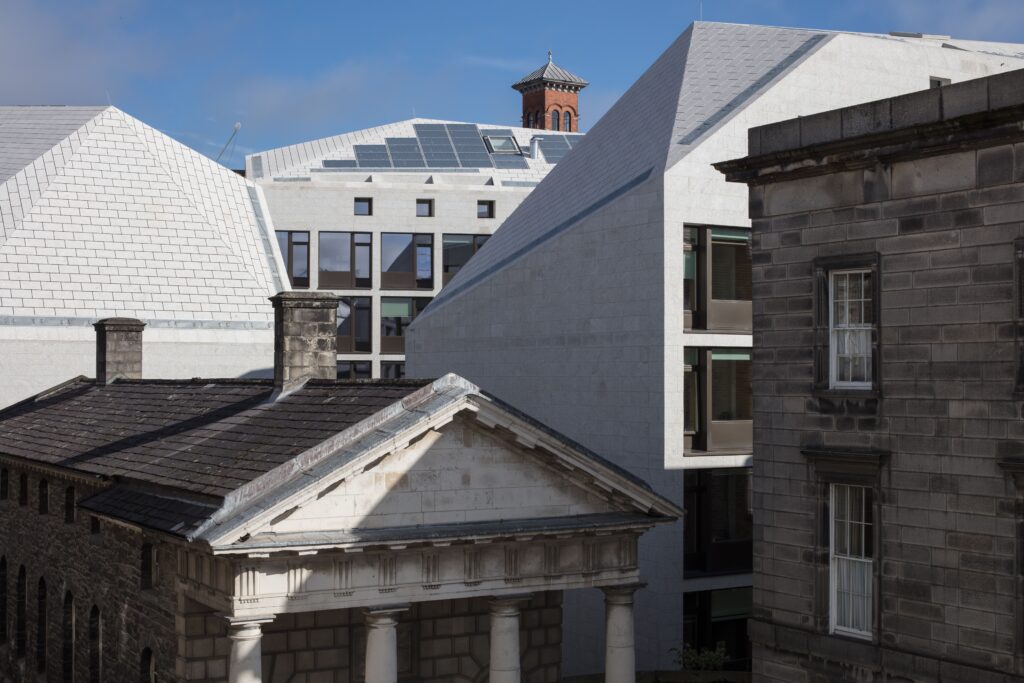
How could or should the new Ostrava stadium differ from the others and what is the guarantee that we will get the best result thanks to the competition?
Ostrava is a unique city with a great architectural culture, and while you can never guarantee the outcome of anything in advance, you have set up a very robust structure which will get the best architectural minds focused on the issue of how to make a brilliant and particular stadium for Ostrava, one that has a fantastic continuity with the history of football in the city because it is located on the site of the old FC Baník – that has to be a matter of huge pride for players and supporters and football fans of all ages in the city. The site is well integrated into the fabric of the city and understands its topography, so the new stadium won’t be an anonymous building on the outskirts of the city but one that feels a part of it. In Dublin we did the same thing – our old stadium – much loved, but without many of the modern features which make watching the game so enjoyable – was taken down and rebuilt, it’s a singular building with an understanding of PLACE, and has become a completely loved part of the city by people who love football and also by those who love a well integrated city. On match days the whole area is full of excitement and filled with people walking to the match.
The jury spent time carefully considering the 30 studios who applied to be included in the competition and we selected the 10 most interesting, based on their experience in the field of stadium design and their approach to placing large and very special buildings like these in urban settings.
The stadium capacity in Ostrava – for 20,000 people – is a perfect scale for the city, and will create a wonderful experience for people coming to see a game. Having seen the completed projects of those we selected, it’s clear that the latest thinking in how people experience a match together can be hugely enhanced by considering design as a unifying force. I believe a new stadium will be an inspiring place not just for now, but crucially, with the spin-off generated in education, training and team-building, for the next generation as well.
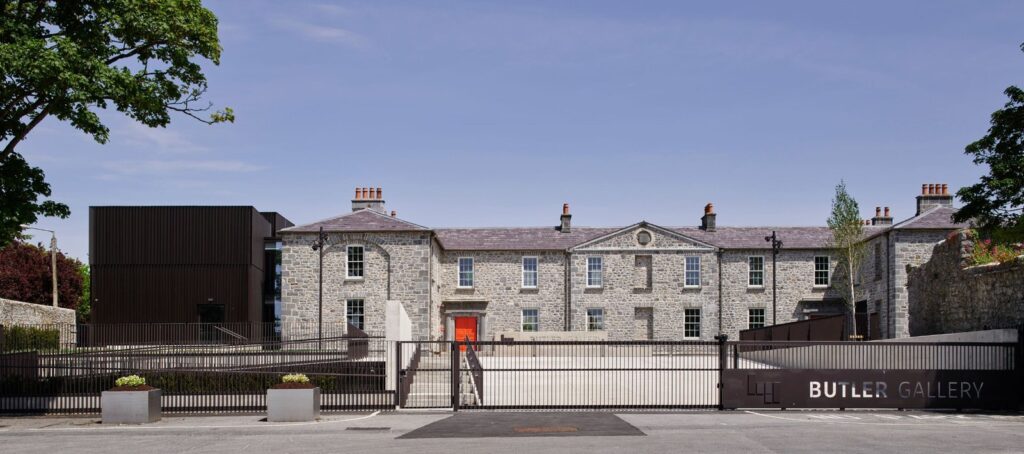
Not so long ago we faced a pandemic, now we are facing all that the war in Ukraine brings, the world is dealing with economic difficulties and there are many opinions that the city should wait for more favorable times to make such investments. What is your opinion?
Yes, the world has become an unimaginably different place in these few years, and perhaps that is why it is more important than ever that the city invests in things that go beyond the everyday. In a world gone mad, good communities become safe and desirable havens, and these communities are founded on shared ideas and shared experiences. Ostrava, in these new initiatives, is making space for these positive situations to be created. Opportunities to come together as a community, that identify what ties us together rather than what might separate us, are investing in our futures and propose a world where our values are shared. In all three of the competition projects Ostrava has made in these years, it seems to me you are nourishing three different aspects of life – visual arts, music and sport. All of these, when well programmed, have a broad appeal. In every country, in every city, there is a need for housing and healthcare, and money has to be found to provide these as a basis for our human existence. But without public facilities it is difficult to create a civil society. So I would say, we have to do all the normal things AND the special things –public and private investment has to be balanced for the public good – only good citizens make great cities.
“In a world gone mad, good communities become safe and desirable havens. These communities are founded on shared ideas and shared experiences.”
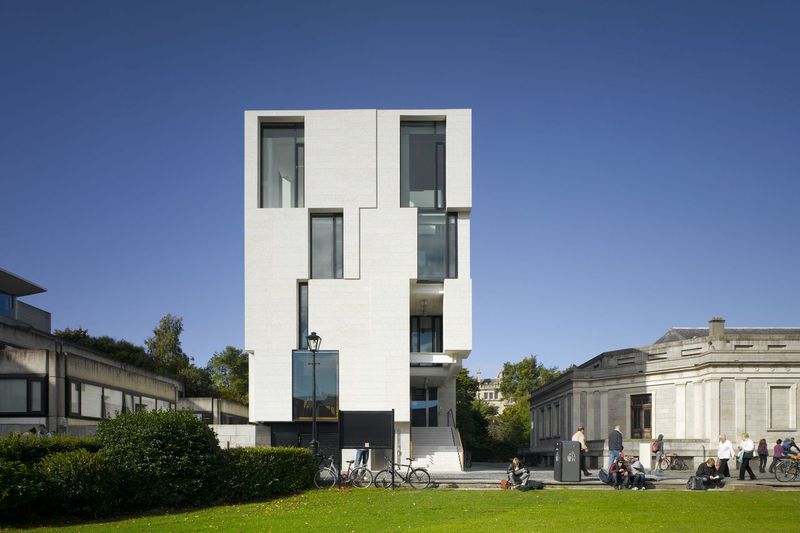
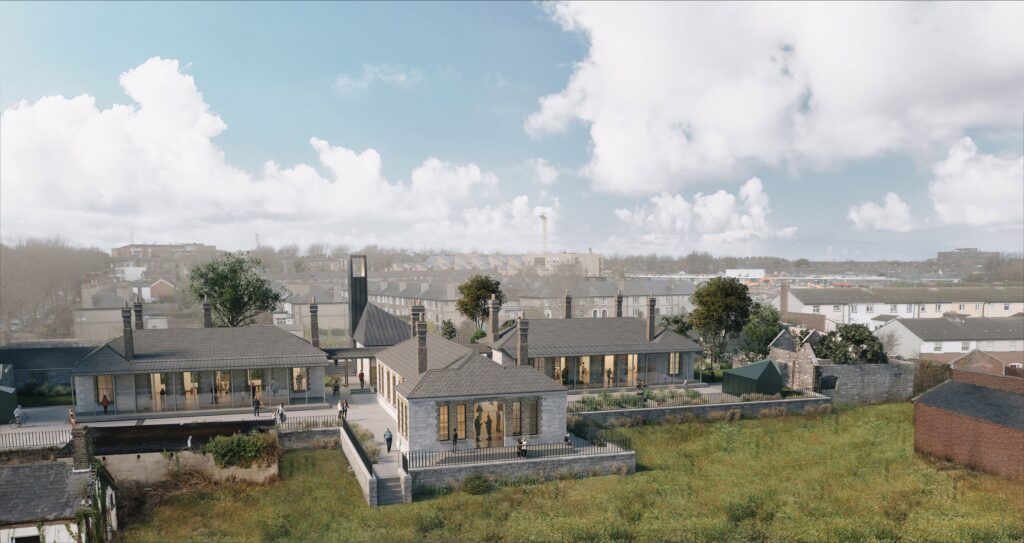
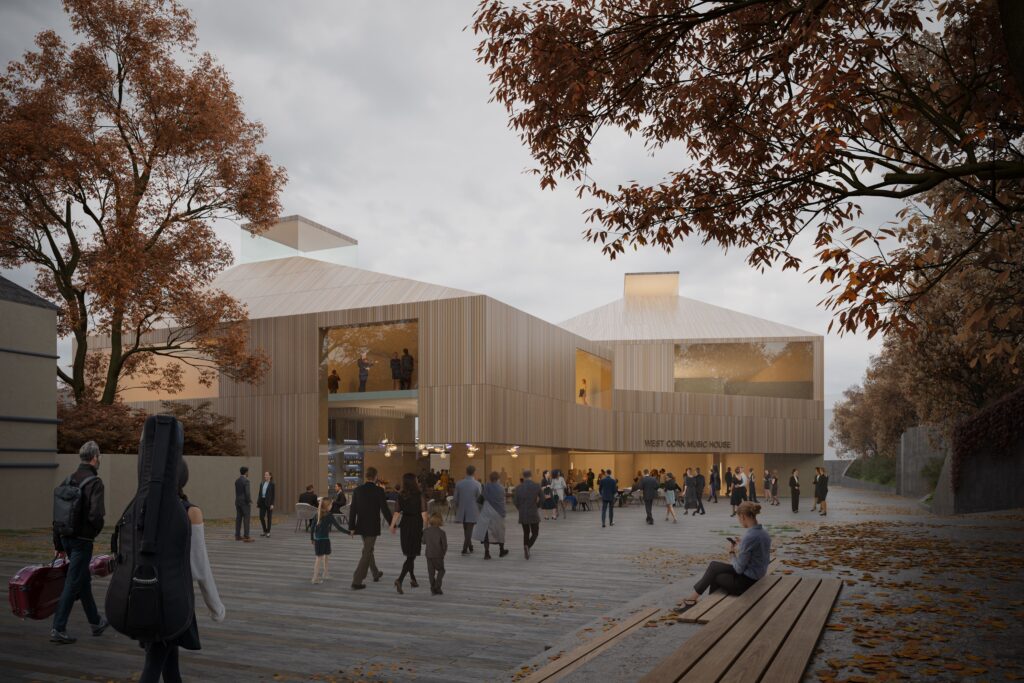
In the last (from April 19, 2024) closely watched ranking by global architecture platform Architizer, your studio McCullough Mulvin Architects (McCMA) was ranked second among the top 30 studios in Ireland. Let me also remind you that last year you won the 2024 RIBA International Award for Excellence for the Thapar University project in India and in 2019 you were shortlisted for the Mies van der Rohe Award for what I think is an incredibly beautiful conversion of a church into the St Mary’s Medieval Mile Museum. These are unprecedented achievements among many others. Tell us about your studio and what architecture is to you and your life?
Thank you for those kind words –Niall McCullough and I met as students in the School of Architecture in Dublin; graduating in a deep recession, our entire student cohort emigrated. We spent time in post graduate study in Rome, drawing the ancient and modern city in all its architectural layers, very influenced by the ideas of Aldo Rossi and Colin Rowe, as well as the modern architecture of Alvar Aalto and Le Corbusier. Coming back to Dublin there was still no work, so we began to survey and write about the humble vernacular buildings of Ireland, which became our first book – A Lost Tradition.
We started our practice and lectured in the School of Architecture; doing competitions ourselves and with colleagues, we eventually won – with seven other young architectural practices under the umbrella title Group 91 – a competition to renew a whole city quarter in Dublin, known as Temple Bar. Each practice got to design some buildings and urban spaces, and there was enormous excitement for us in making modern interventions into historic urban fabric, using vacant lots for urban spaces and stitching together all the gaps – urban dentistry.
More work and more competitions followed, and while we worked on buildings we also made books, and that research and production aspect of our work has always been very significant. Both geography and history as the context for architecture have always been a huge interest; modern art, particularly of the middle 20th century has always been inspiring; how to sensitively make modern interventions into historic contexts interests us enormously.
We’ve been interested in film too, and frequently use it to communicate architecture in a very direct way. Our studio grew, and we were joined by some great people we’ve been working with for a long time. Niall tragically died recently after a short illness and now I continue our work with those colleagues.
He had almost finished his last book on Dublin, a very beautiful series of essays and historic photographs, which conjure up a sense of the Dublin we have lost and what must be done to keep what is left – I was able to finish and publish that book for him: Dublin- Creation, Occupation, Destruction –I think it’s a very beautiful book which has won an series of architectural and typographical awards.
All our work starts from a close sense of its context, whether that be a city, a town, a landscape, a geography, with lots of pencil drawings and sketches to get to the root of the idea and clarify it through design development and experiments with materiality. I think it would be true to say that for me, architecture is totally integrated into my life, gives it direction, focus, and I might say hope.
We’re working on a number of cultural and social projects – a small concert hall, community facilities, housing, schools, healthcare, and are continuing work we’ve been luck enough to be doing in Trinity College Dublin – we just finished student housing in the centre of the city, made around the first new square that’s been built in Trinity for 200 years, and have just started work on reimaginging the Old Library.
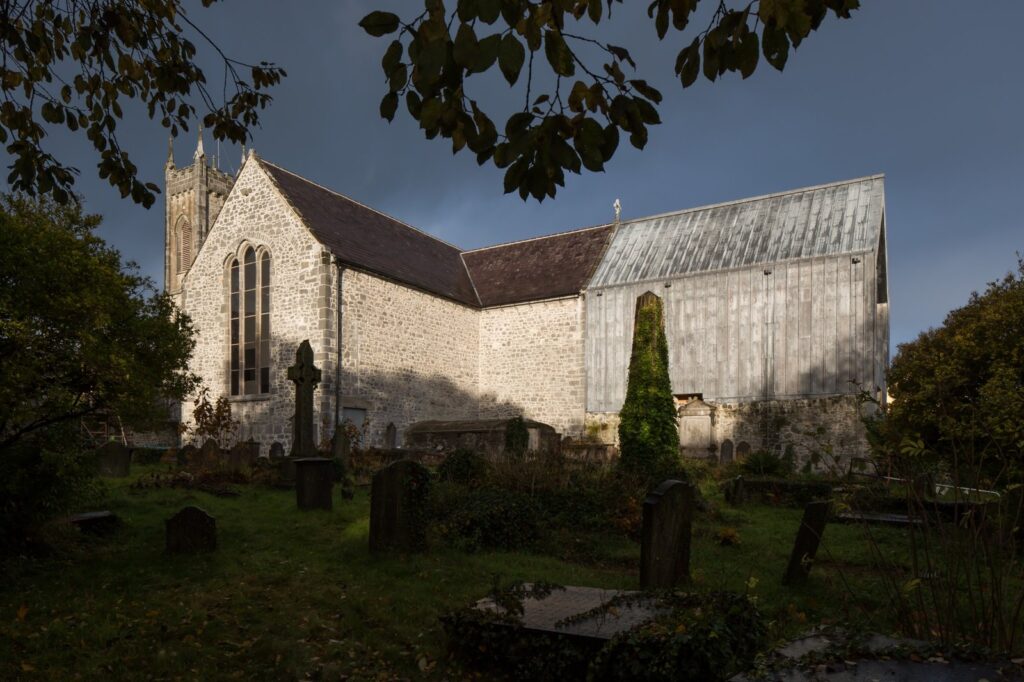
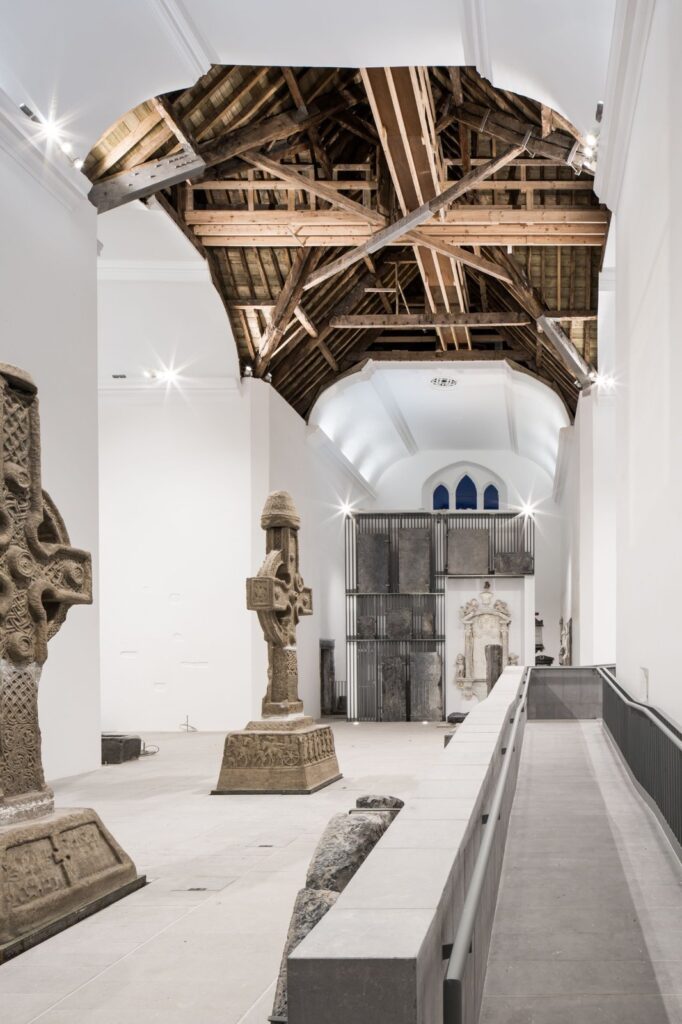
What is your relationship with the Czech Republic, when did you first visit? And when did you first discover the city of Ostrava?
Niall and I first came to Czechoslovakia (as it was then) in May 1990, full of excitement that we could travel to eastern Europe for the first time and stitch back together our image of that part of Europe, which we knew only from books, films and architectural photographs. We were fascinated by the cities, towns and historic and modern architecture of the whole region and travelled through Bohemia and Moravia, interested in everything from Gothic churches to beautiful Baroque plasterwork, to the Villa Tugendhat. The Czech lands will always be a special place for me because your extraordinary medieval towns, learned about from books on urbanism, excited my interest in towns in Ireland (and after many years of research that material was published as a book – Approximate Formality).
“Public and private investment has to be balanced for the public good – good citizens make great cities.”
Sometime later, we were excited to give a lecture on our work at the Prague Academy of Fine Art and Design in Prague (UMPRUM), and I was thrilled to be able to return two years ago to give a further lecture. Meanwhile, around 2016, at the initiative of the Cabinet of Architecture, we held an exhibition about our work at the House of Arts in Ostrava, which then traveled to Brno and Prague. Having so enjoyed working with the architectural community in Ostrava, we couldn’t resist working on an entry for competition to transform the historic slaughterhouse in Ostrava into a city gallery. and I was delighted to be invited to be part of the jury for the Concert Hall. So I feel it has been and is a long and productive relationship, certainly for me and I hope for architecture in Ostrava too!
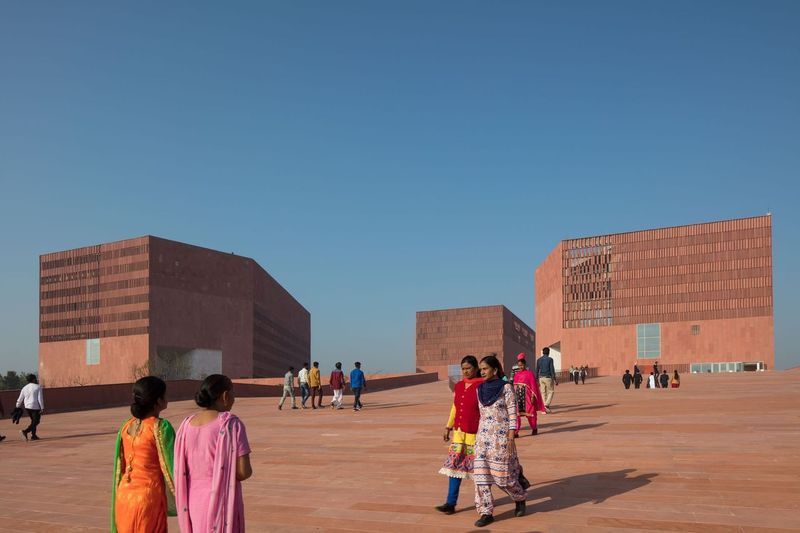

Architectural practice in its entirety is ruthless and in a way devastating (in terms of time and psyche), how do you rest, how do you gain new energy and motivation?
Actually I think the practice of architecture is a way of life, with huge difficulties in the way in every project, yet somehow we manage to triumph over the difficulties to make something which we hope is worthwhile for a community and for society and perhaps for the inspiration of the spirit. There’s a huge satisfaction we all feel when a project is completed and people bring it to life by moving in. I’m interested in adding to the debate on our material environment and I recently made an exhibition based on my towns book which involved models, drawings, sketchbooks, and I was able to make some films – communicating with new tools. Exhausting but exhilarating.
When Niall was with me, we travelled whenever we had time, both in Ireland and abroad, to see new and old art and architecture, to walk in landscape and by the sea.
I continue to do that now. I draw, I write a little, I love classical music, especially chamber music, cinema and books. Making gardens in the places I’ve lived has been an enduring way to make small adjustments to the space around me. Seeing beauty revives me. And in particular, making food for friends from time to time sustains me.
Interview for POSITIV Business & Style magazine prepared by Tadeáš Goryczka as part of the Architecture Cabinet, an independent project for architecture, art and design.


